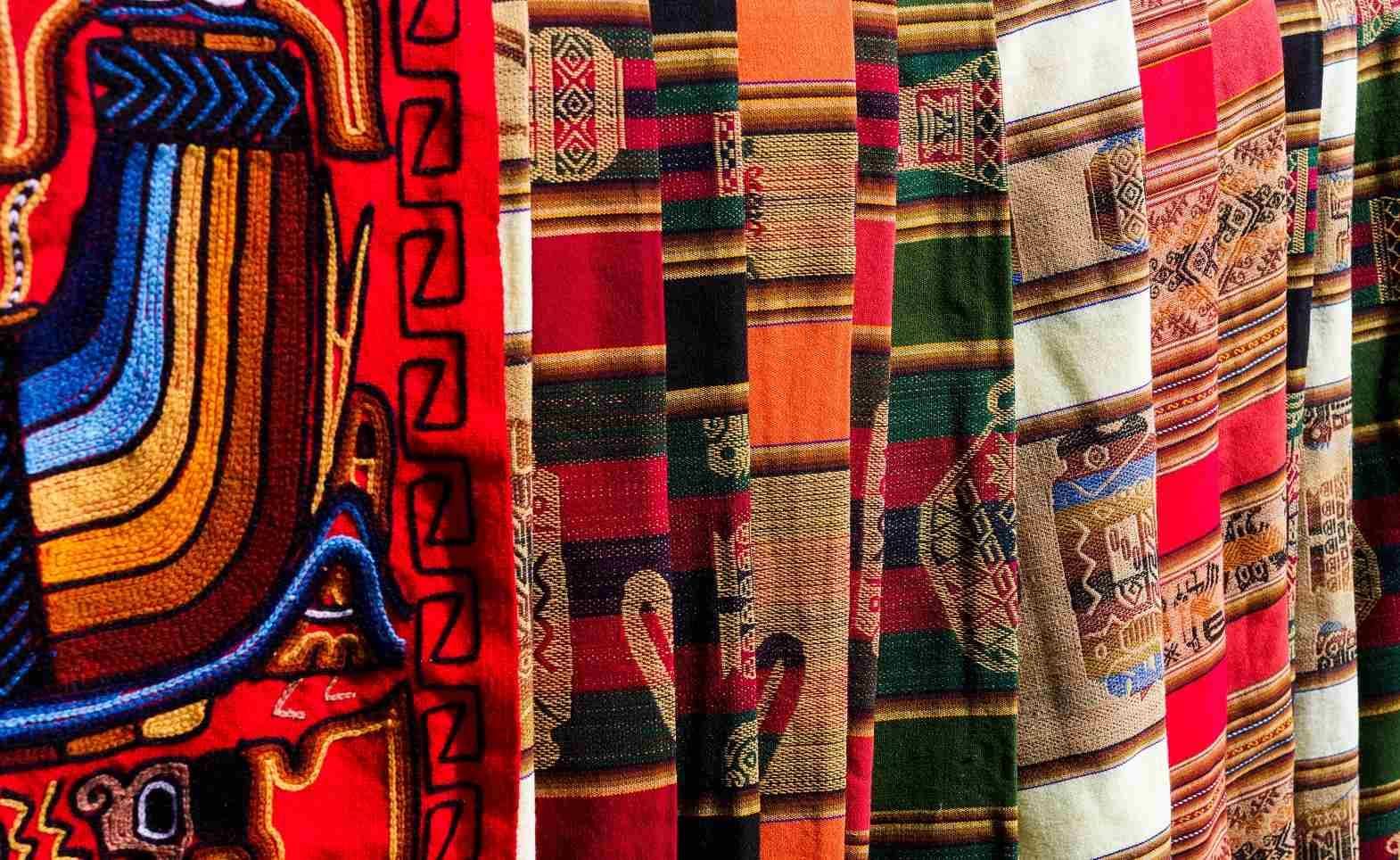The enormous potentials of the market and technological innovation have been rightly tapped by the textile industry. New ideas and strategies are being developed to ensure improved opportunities for the growing countries across the world that can be reconciled with the overall development of the sector. A new vision and path for world textile development have been conceived and adopted to surmount the challenges ahead. Chile has been a part of the global textile sector for a long time, but with a better understanding of the global retail market and support from the government, it has managed to become one of the top textile and apparel suppliers and manufacturers in the world.
The year 2014 marked a new beginning for Chile's textile sector, with Chile occupying the first place in the A.T. Kearney Global Retail Development Index (GRDI). The country has managed to outdo some other emerging economies that have carved a niche in the retail sector for apparel and textiles, including Colombia, Uruguay, Brazil, Peru, Costa Rica, Mexico, and Panama. With the progress made by Chile in the textile retail sector, Latin America continues to show strength as a regional retail growth market.
The luxury brands that have established stores in Chile have registered impressive sales. Though the market in Chile is smaller in contrast to the huge markets of Brazil or Mexico, Chile is politically and economically stable compared to other Latin American countries. This stability has led to a considerable rise in consumer and investor confidence and created a favorable environment for retail.
Another development that has gone in favor of Chile is that retailers from around the world are continuously entering, investing, and gaining ground in a highly competitive textile industry. The key trends in Chile's retail textile and apparel sector include the growth of departmental stores, as fashion-conscious customers are on the rise. In fact, in Chile, department stores are now entering online and m-commerce. Among the luxury brand stores, GAP is the recent entrant in the Chilean market, and some brands from Holland and France are also finding a way into the country's textile and apparel sector.
Many manufacturers and retailers who have opened apparel stores in the country a few years ago have a huge experience of operating retail networks in Argentina, Peru, and Colombia. Chile is a stable and trusted testing platform for many manufacturers, and an entry into Chile's textile and apparel market guarantees an insight into the market of neighboring countries. Thus, Chile is considered a safe haven to experiment and test the acceptance of consumers in general. However, the Chilean textile and apparel market is years ahead of vanquishing the initial and also grave problems and barriers easily, unlike the other Latin American markets.
And these are not the only factors that make Chilean market the favourite of global textile and apparel sector. As per Apparel in Chile, a Euromonitor report published recently, the per capita expenditure of the country's consumer population will continue to rise, as the consumers have a relatively high disposable income. The young population of the country also ensures that the apparel market keeps growing at a constant pace. Approximately 40 percent of the population of Chile is aged between 15 and 39, which is the most economically active and fashionable segment. The most important aspect of Chilean market is that till today it has remained immune to the global economic crisis.
The Chilean government is also very encouraging for the textile products coming from other countries. As per a recent decision, the government of Chile has decided to provide duty-free access of Bangladeshi products to its markets from January 1, 2015. As per the present laws of Chile, imports from Bangladesh are subject to 17 percent duty, but with the proposed changes, the textile market of Chile would become extensive.
As per data released by Export Promotion Bureau (EPB), in the financial year of 2012-2013 Bangladesh earned US $ 28.26 million from the textile and apparel exported to Chile, which accounted for 93 percent of the total export income. As per the recent data, Bangladesh has earned US $ 21.10 million out of total export earnings of $ 22.73 million from export of readymade garments to Chile. The supportive policies of Chilean government have benefitted the manufacturing and retail apparel sector; the supportive gesture of the Chilean government has encouraged other countries like India, China, etc. are also eager to increase the textile and apparel exports to Chile.
As the Chilean textile and apparel market progresses in the right direction, a parallel effort by the global textile sector is also required for developing a better conceptual and practical understanding of the Chilean apparel retail sector. This would definitely help to understand the linkages between trends, issues and actions and to identify the drivers of change in demand within the Chilean markets. Nevertheless, even with average support from other developed countries, Chile has done an impressive job with its textile sector.
REFERENCES:
1. Emerging-markets-research.hktdc.com
2. Dhakatribune.com
3. Ilovechile.cl
4. Businessoffashion.com
5. Cottonusa.com
6. Apparel.edgl.com








Comments